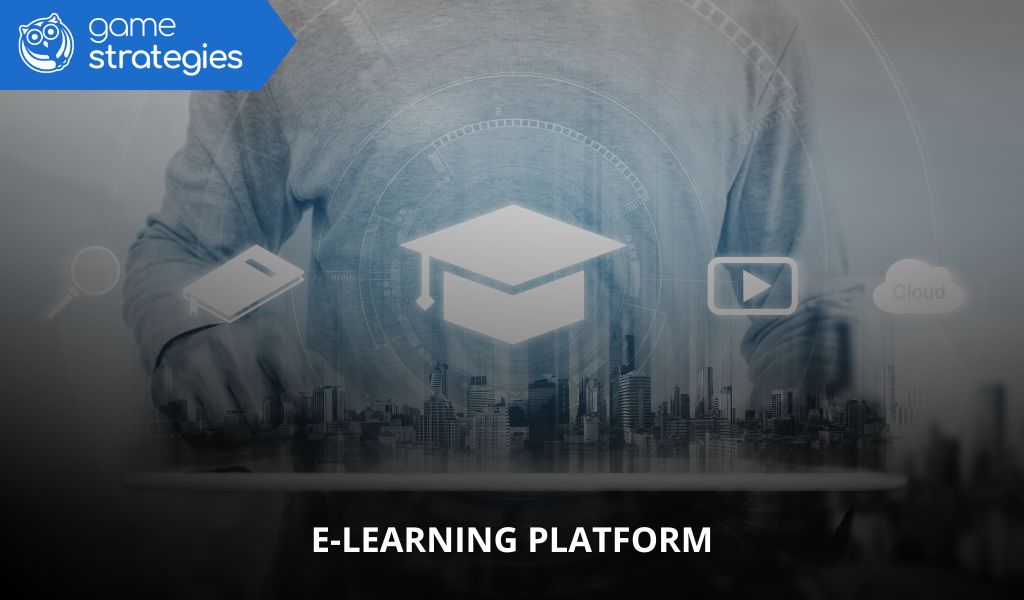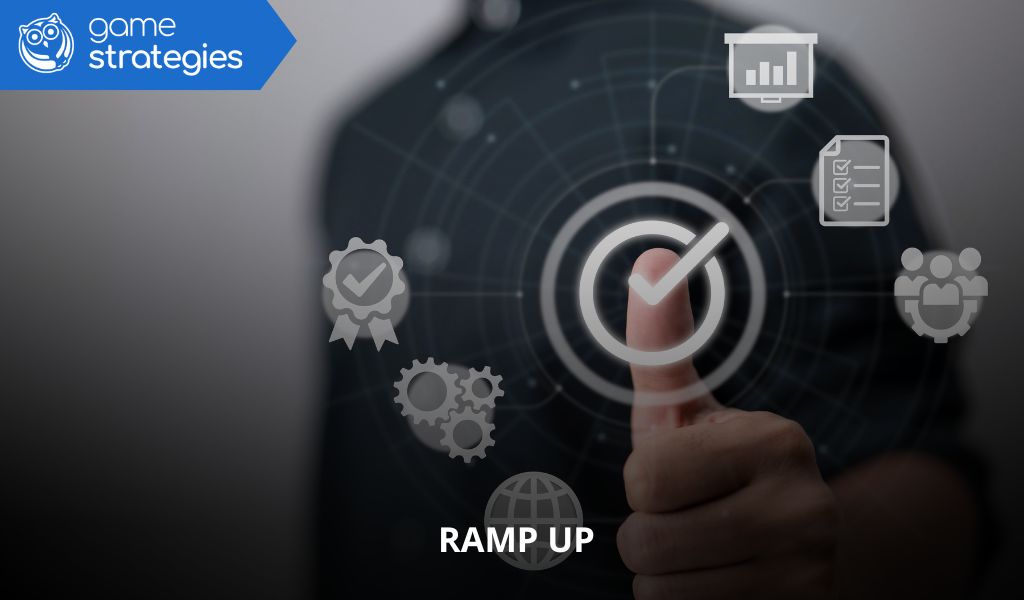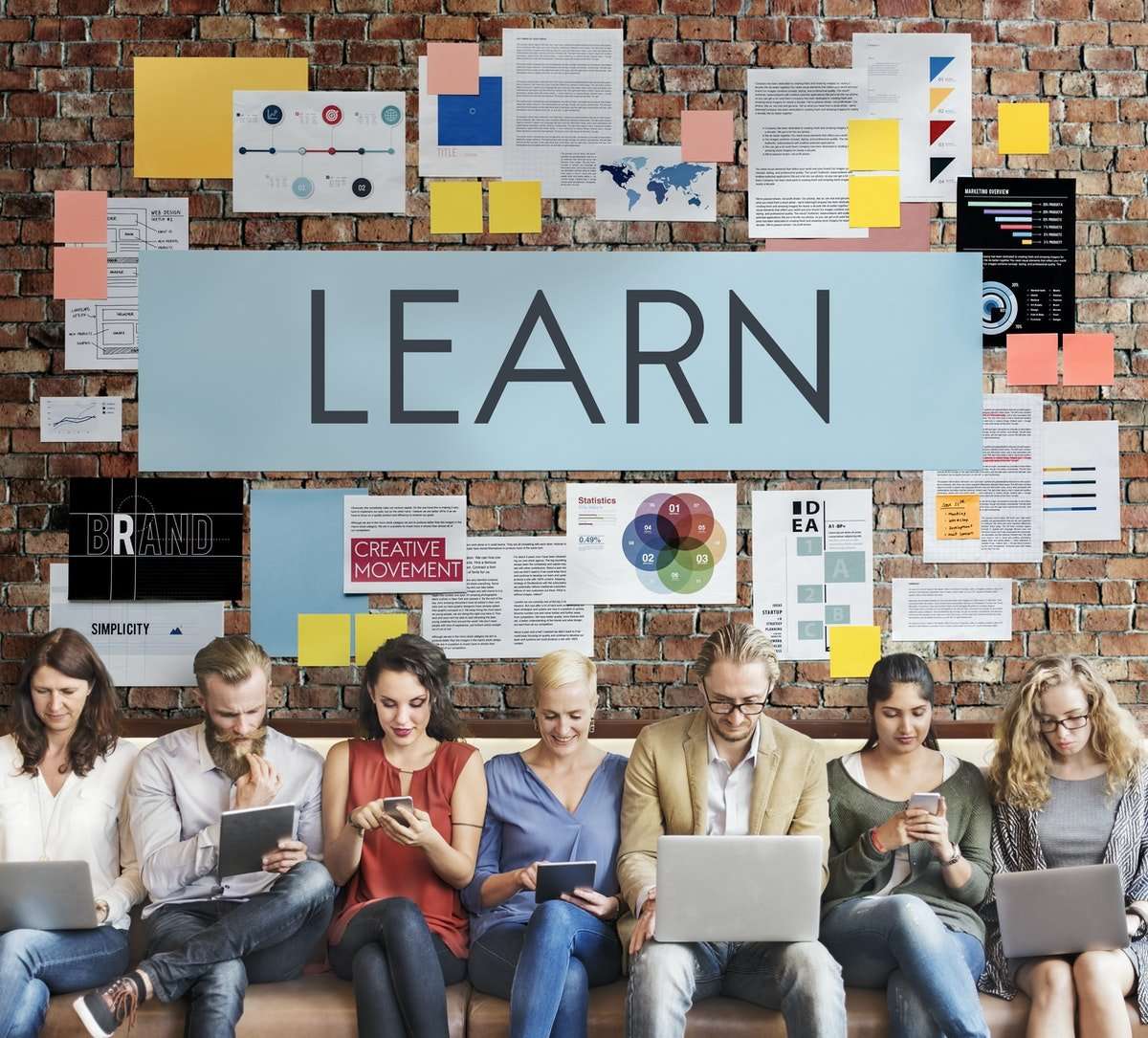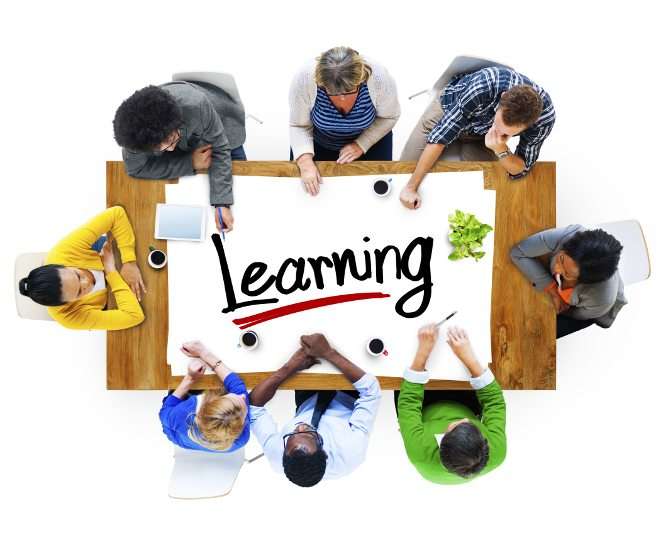The digital transformation has made the e-learning platform the cornerstone of corporate training. However, not all platforms deliver the same experience or impact on results. Choosing wisely is no longer optional: it’s the difference between transforming talent or holding it back. Below, we analyse what a truly “good” e-learning platform must offer—from essential features to the technical and pedagogical requirements that make all the difference.
What is an e-learning platform and why is choosing the right one essential?
The evolution of the e-learning platform: from traditional lms to gamified learning
The first Learning Management Systems (LMS) were mainly used to host SCORM courses and track grades. Today, technology has paved the way for immersive experiences with simulators, adaptive AI, and gamified dynamics that enhance motivation. The evolution is clear: from “managing courses” to “facilitating measurable and continuous learning.”
What sets a good e-learning platform apart from a merely functional one
A functional platform allows you to upload content and run tests. A good e-learning platform goes further:
- Integrates seamlessly with your ecosystem (ERP, CRM, HRIS).
- Personalises learning paths according to role and performance.
- Provides valuable analytics for HR and managers.
- Motivates users through interaction and rewards.
In short, it transforms data into decisions and learning into measurable results.
Must-have features of a good e-learning platform
1. intuitive interface and seamless user experience
If employees need a tutorial just to find their course, the project is doomed from the start. Usability should emulate the apps we all use daily: clear menus, fast search, and mobile-first navigation.
2. interactive and adaptive content
Interactive video, branching scenarios, and dynamic quizzes enable each learner to progress at their own pace and receive the level of depth they need. An adaptive engine adjusts the difficulty, preventing both frustration and boredom.
3. gamification that motivates and engages users
Badges, leaderboards, and missions turn learning into a challenge. Gamification is not “just a game”; it is an engagement catalyst that boosts completion rates and knowledge retention.
4. personalised and immediate feedback to drive improvement
Instant reinforcement accelerates the learning curve. The e-learning platform should provide automated feedback while also allowing trainers to offer specific recommendations.
5. realistic simulators and scenario-based training
Deliberate practice in safe environments (sales simulators, virtual labs, role-plays) translates theory into action. This reduces workplace errors and accelerates competence development.
6. data-driven tracking and evaluation
Real-time dashboards, predictive analytics, and skills-gap reporting enable HR to make informed decisions, adjust content, and prove ROI.
7. accessibility and compatibility across multiple devices
From desktop to mobile, tablet to VR: training should be available wherever the employee is. Compliance with WCAG 2.1 ensures inclusivity and regulatory alignment.
Technical and pedagogical requirements for effective e-learning

From memorisation to active learning
The learning-by-doing model replaces passive learning. Practical activities and real-world problem-solving ensure direct transfer to the workplace.
How storytelling enhances knowledge retention
Stories, relatable characters, and real-life contexts activate emotional memory. The result: up to 22% higher retention compared to purely expository content.
The value of error and feedback in safe environments
Making mistakes without consequences—through simulators or branching quizzes—creates deep learning. Immediate feedback turns errors into opportunities for growth, rather than punishments.
The role of repetition in building high-performance habits
Micro-reminders, spaced repetition, and automated nudges consolidate knowledge long-term and transform theory into lasting habits.
What does a platform like game strategies offer compared to others?
- Adaptive AI suggesting tailored content and learning paths.
- Gamified simulators for sales, leadership, and customer service based on real-world scenarios.
- Native integration with leading ERPs and CRMs for seamless performance data synchronisation.
- 360º analytics: engagement metrics, goal achievement, and training ROI in real time.
- Expert corporate learning consultancy, guiding you from strategy to rollout.
Ready to elevate your team’s training? Visit GameStrategies.io and discover how an advanced e-learning platform can transform learning into a sustainable competitive advantage.
¿De cuánta utilidad te ha parecido este contenido?
¡Haz clic en una estrella para puntuarlo!
Promedio de puntuación 0 / 5. Recuento de votos: 0
Hasta ahora, ¡no hay votos!. Sé el primero en puntuar este contenido.









